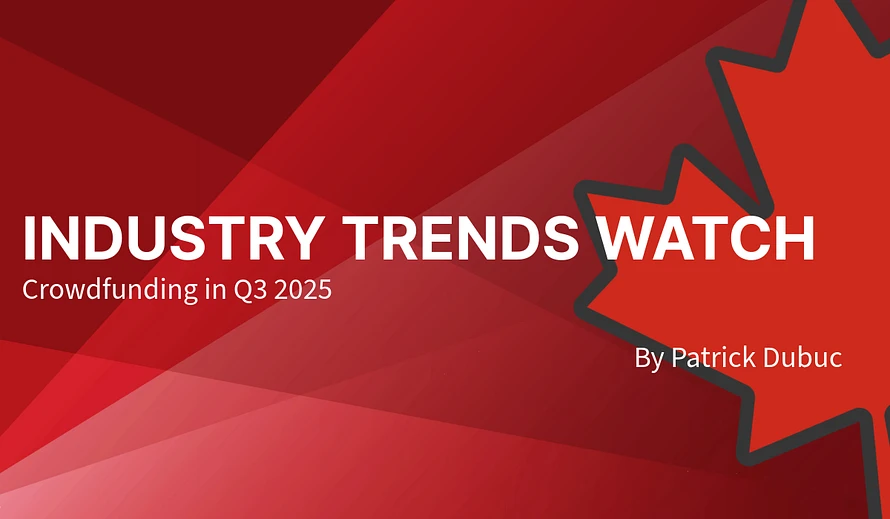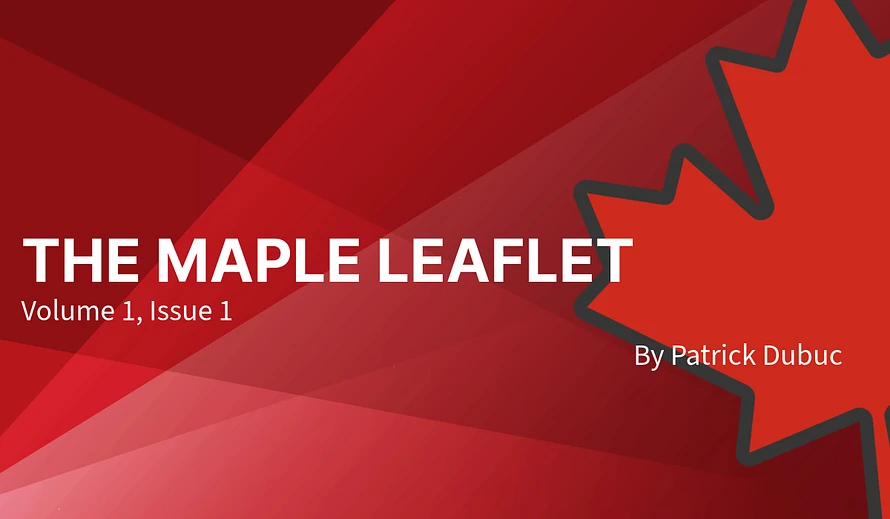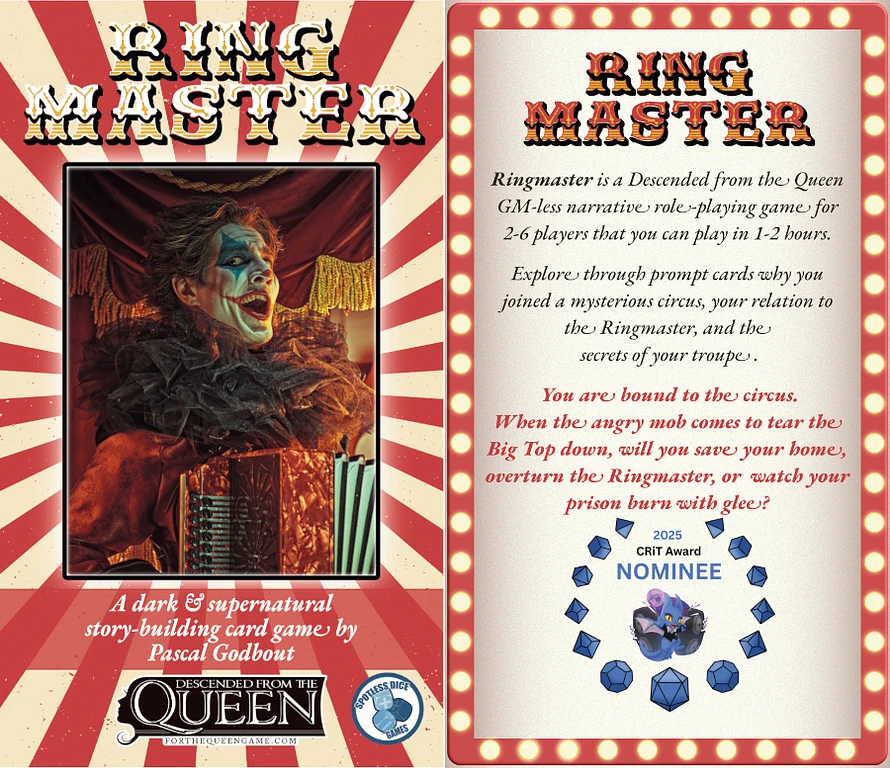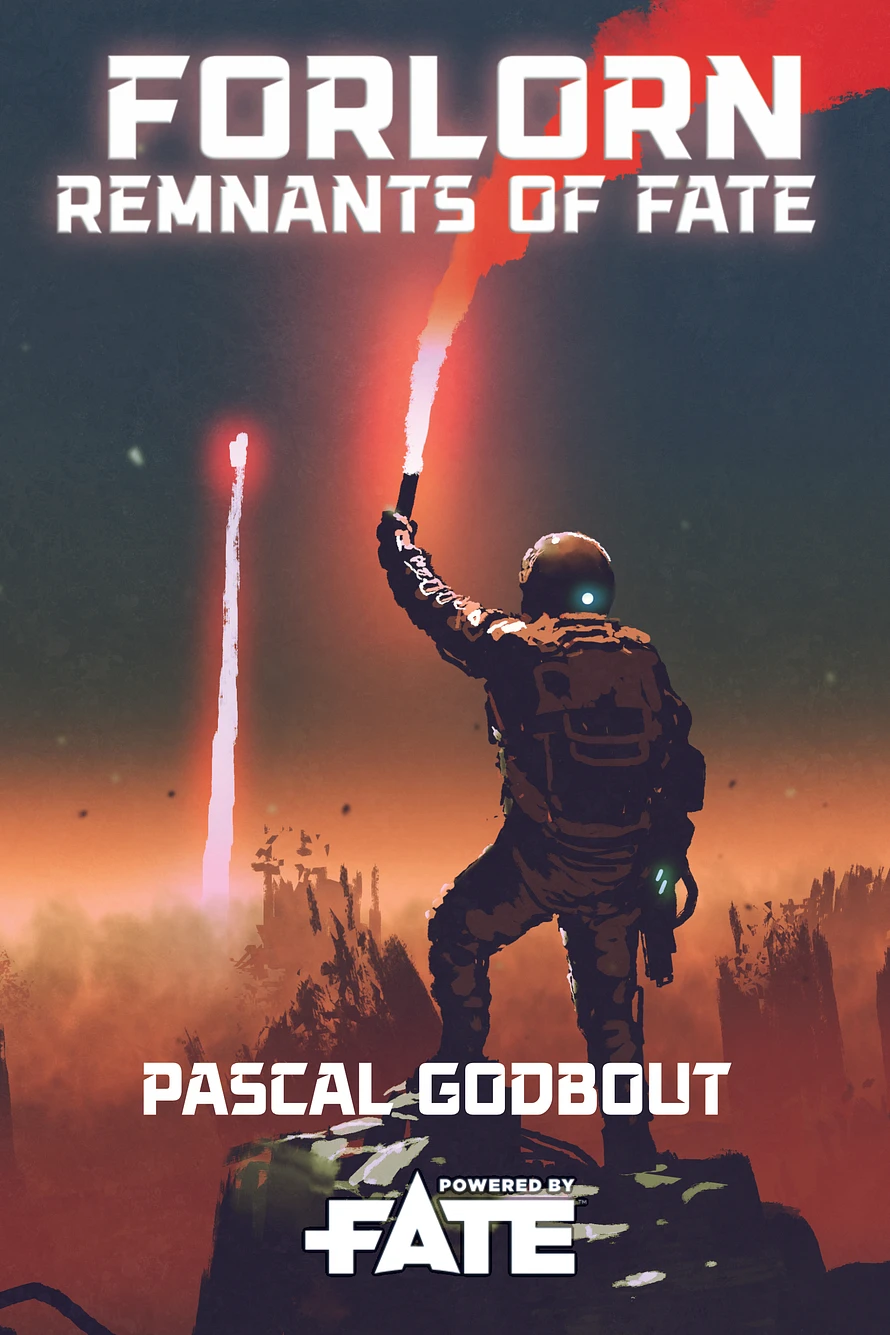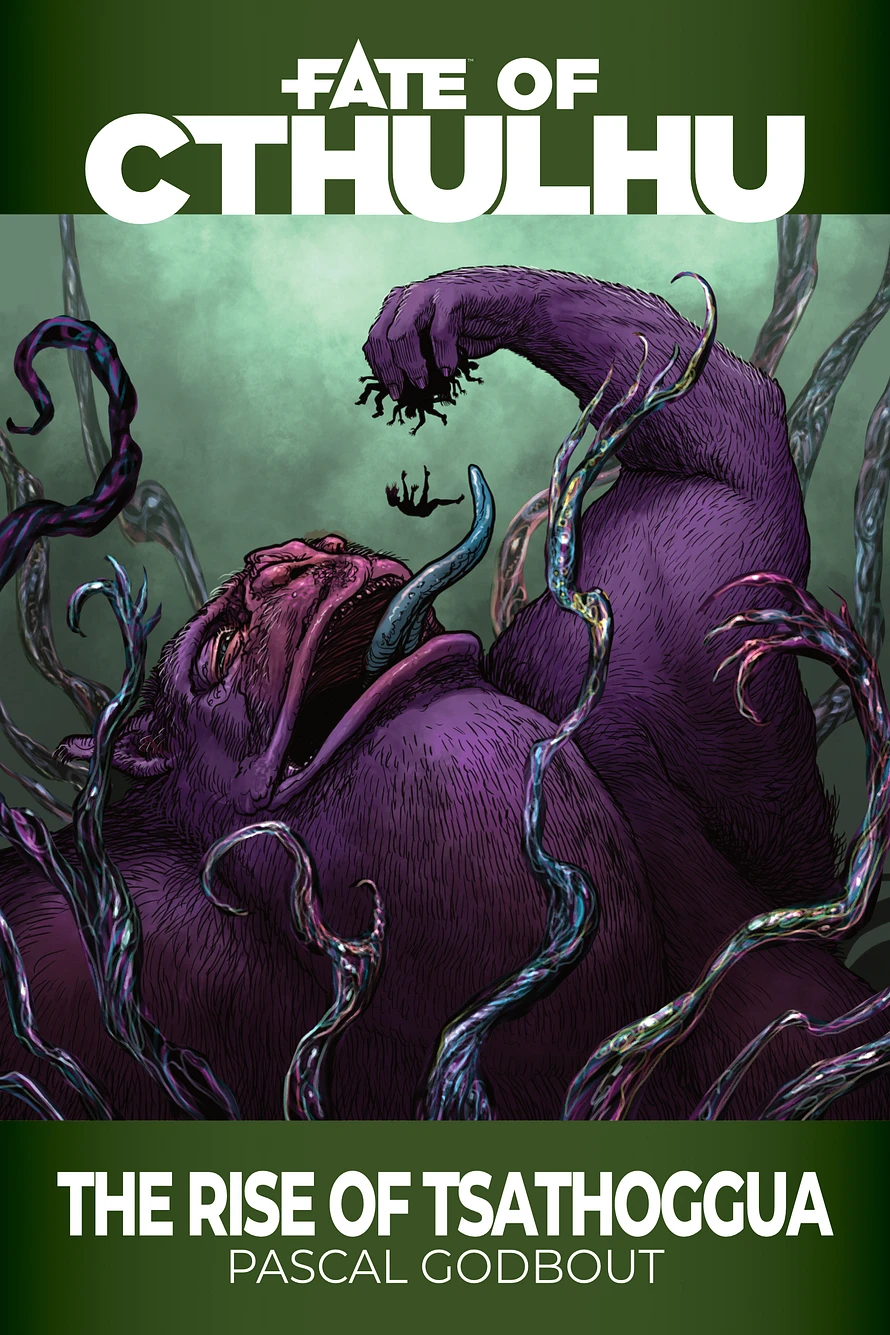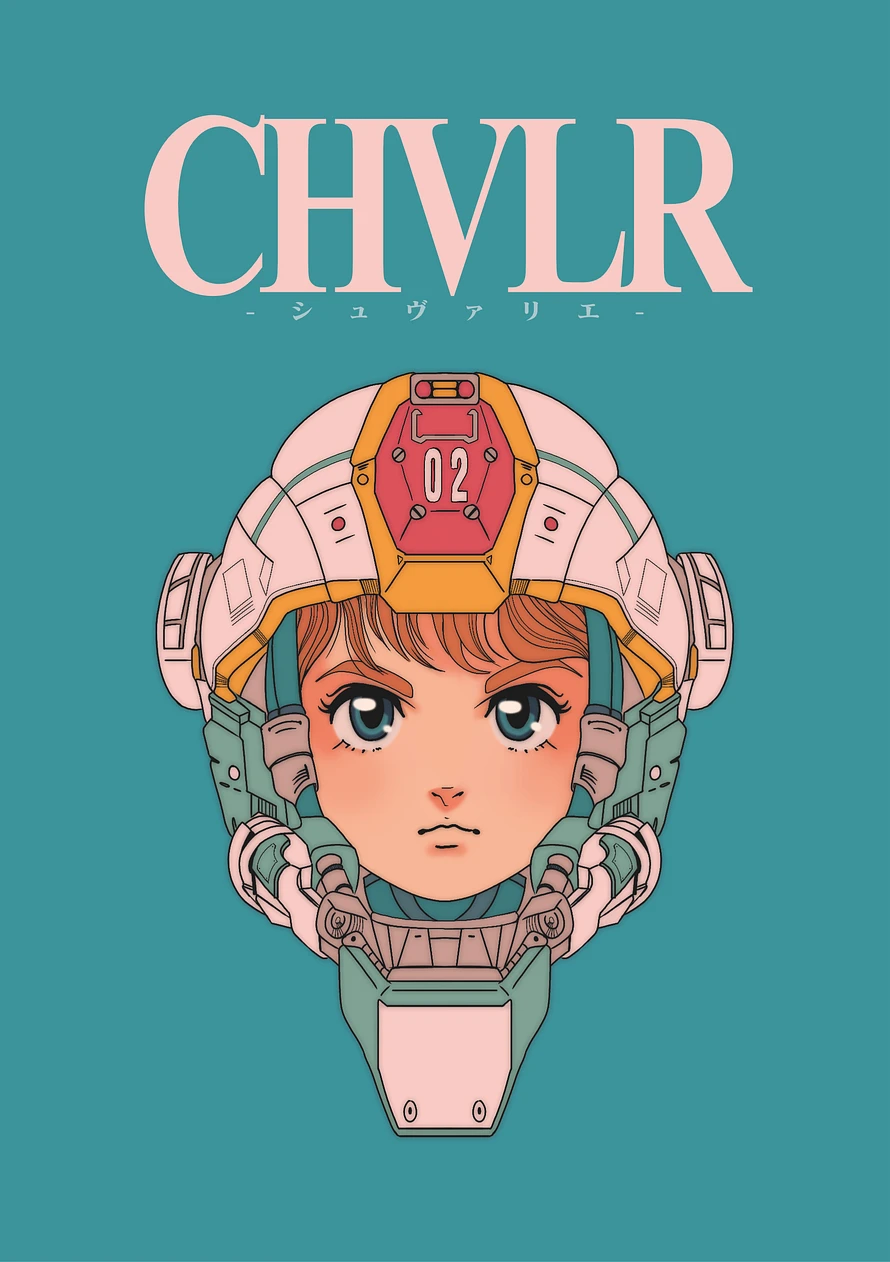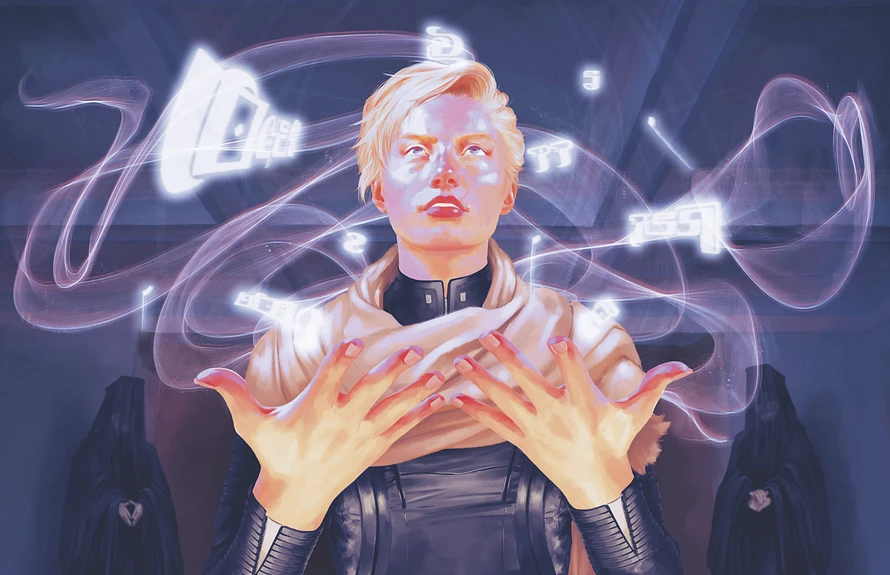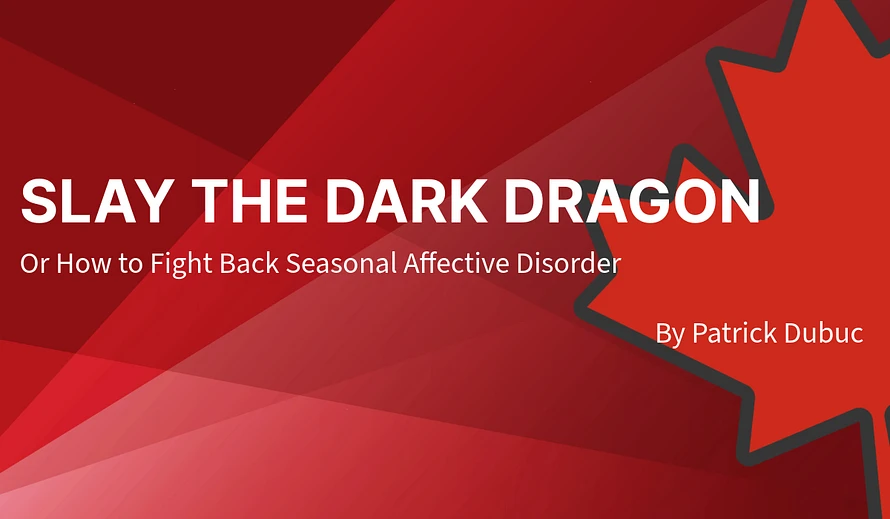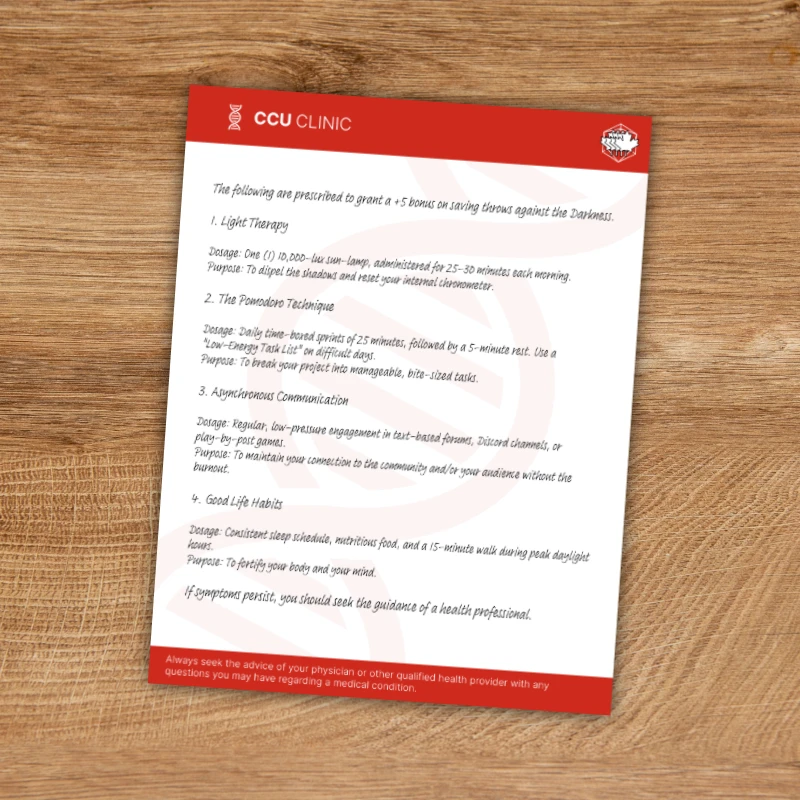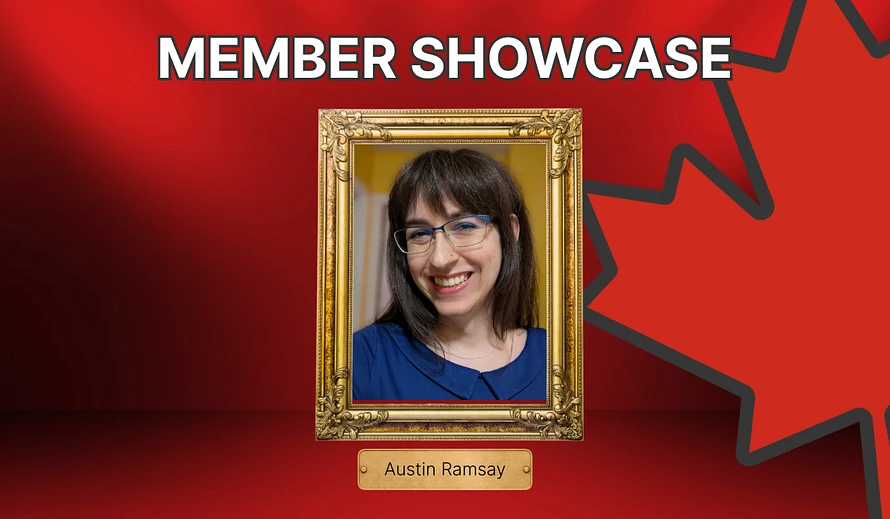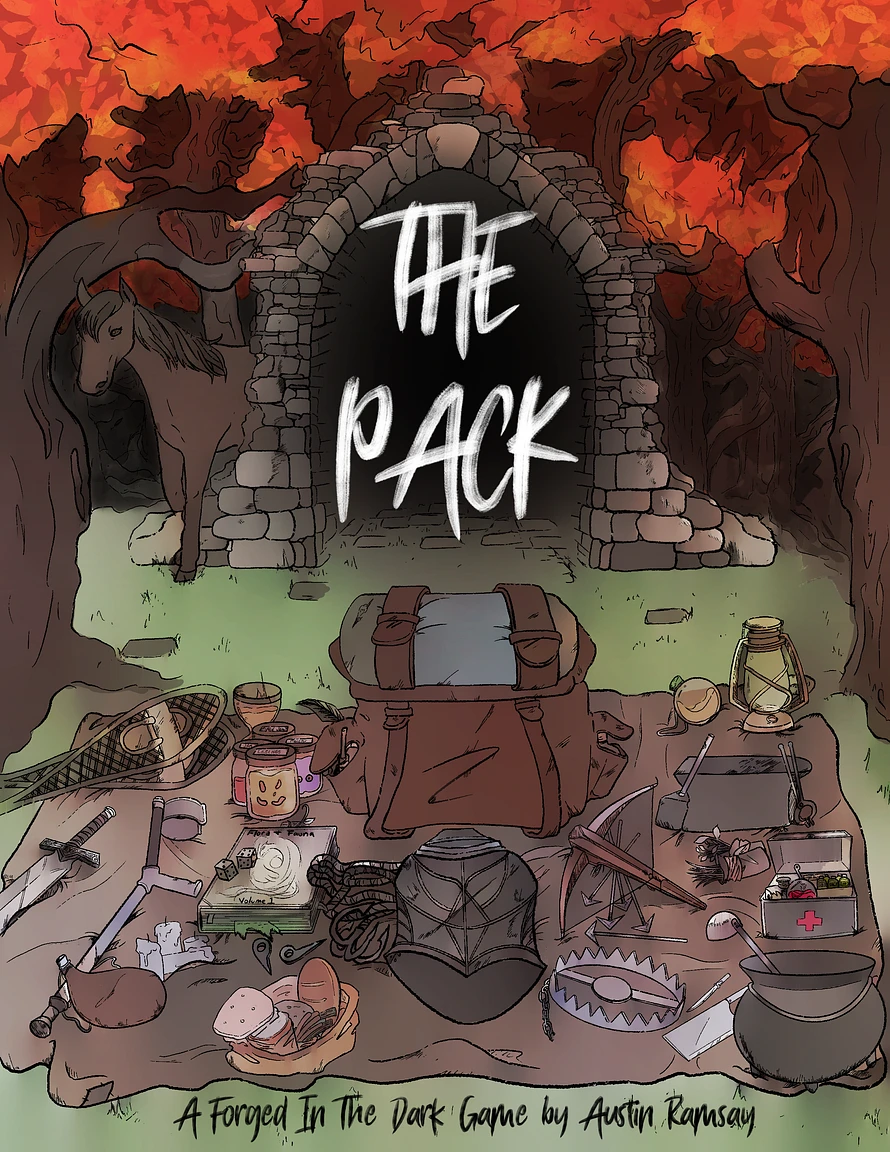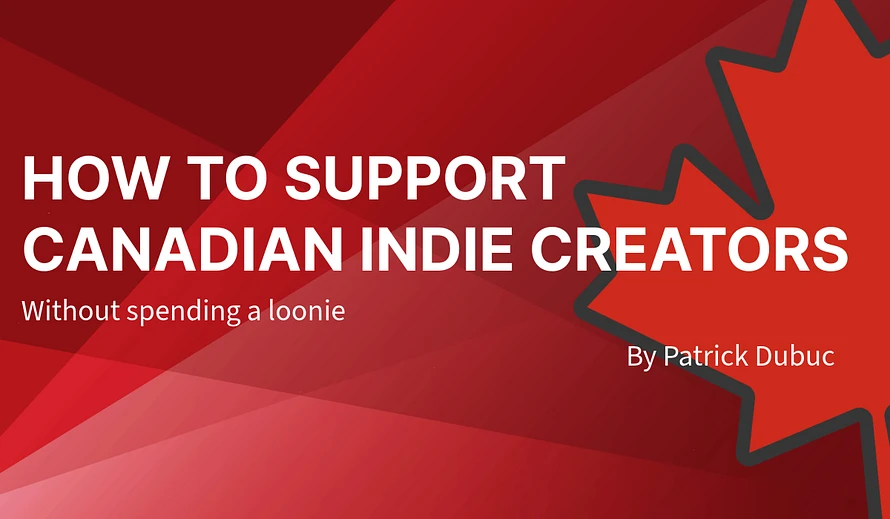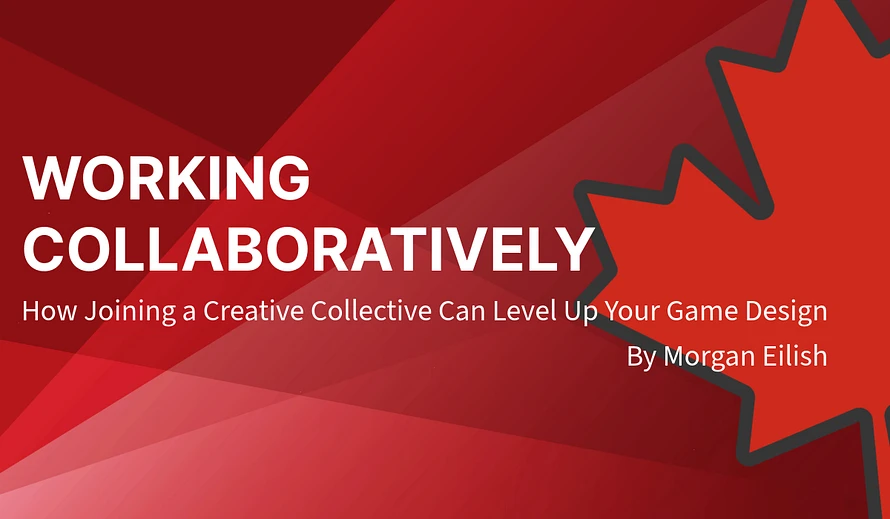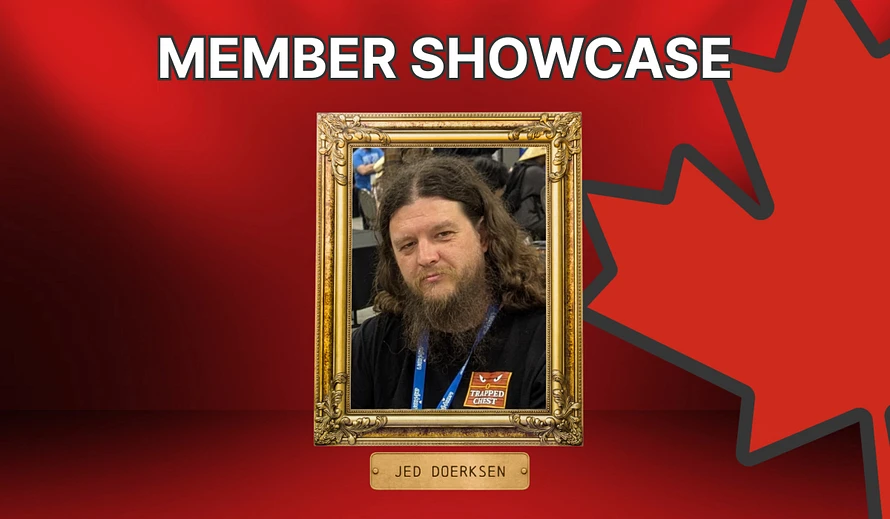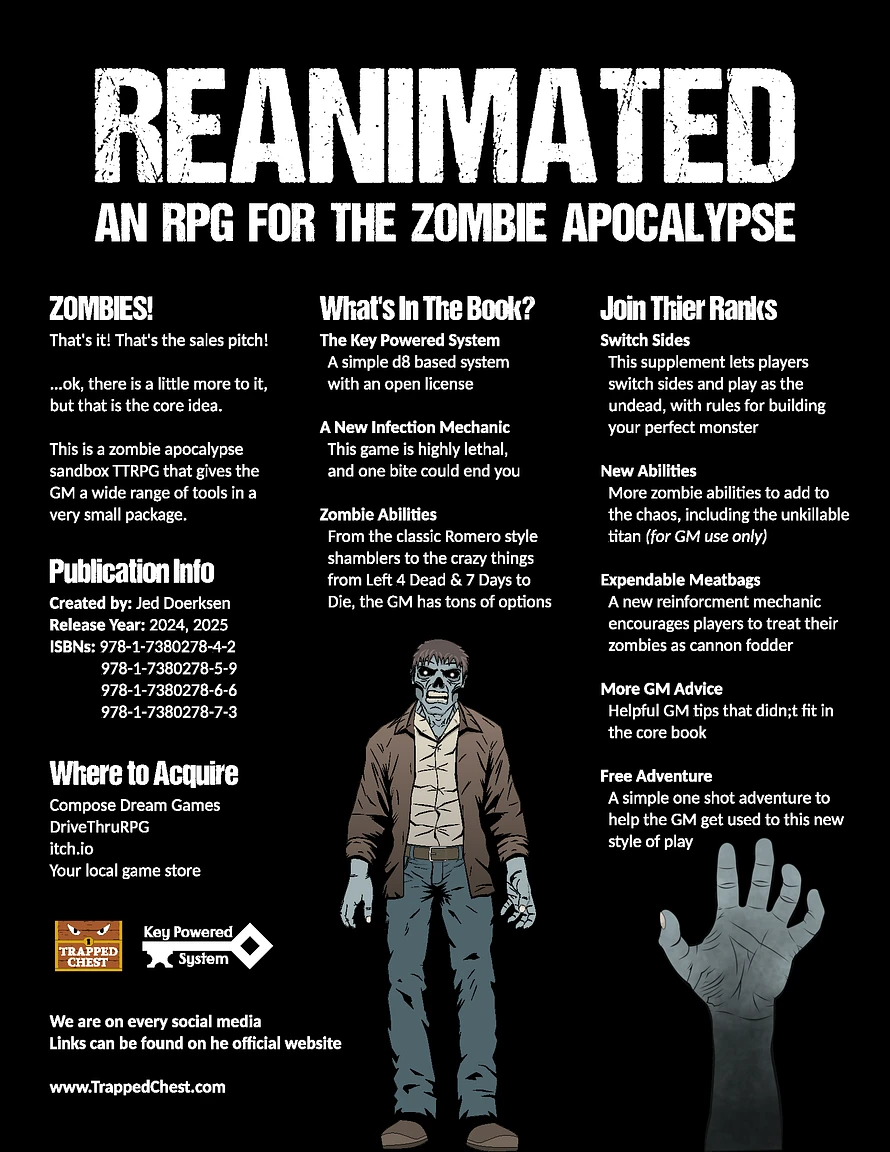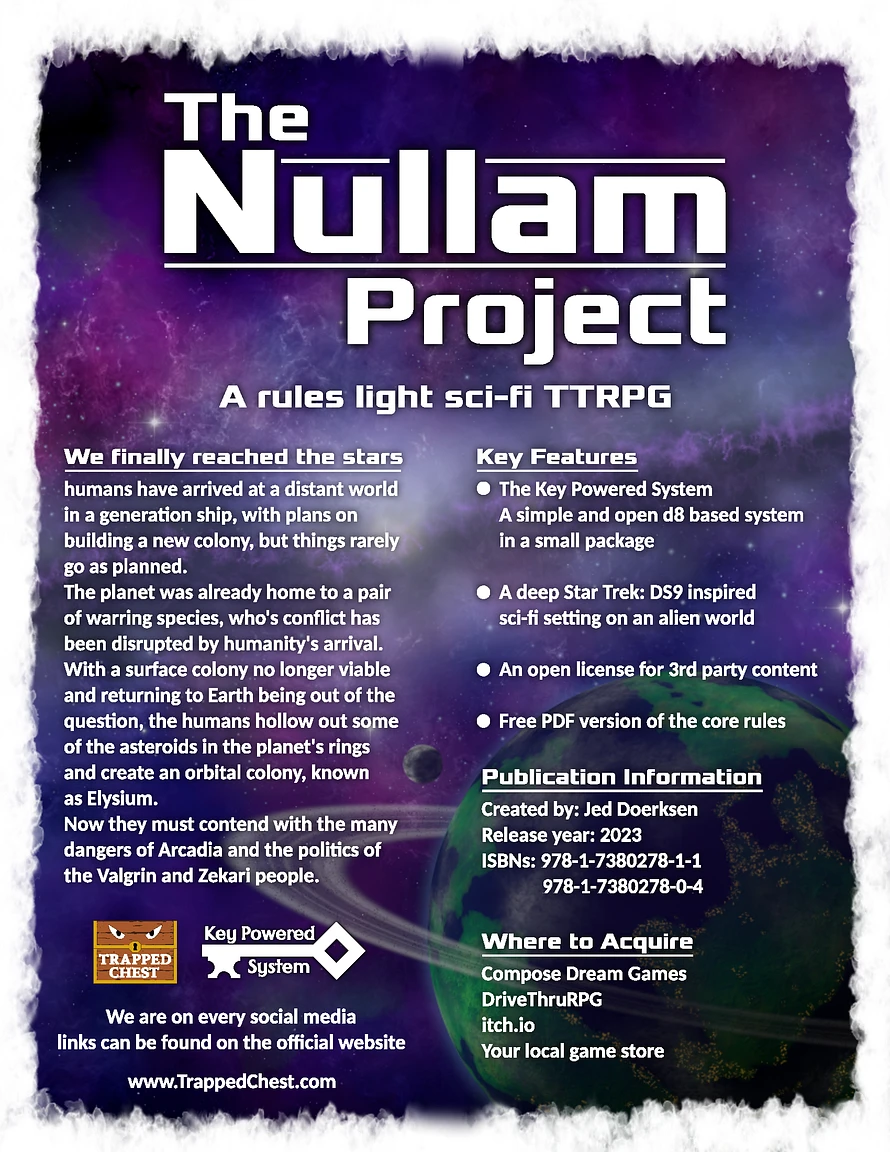Industry Trends Watch: Crowdfunding in Q3 2025
The 3rd quarter of 2025 told an interesting story for TTRPG crowdfunding. Industry data shows things have slowed down a bit with fewer campaigns meeting their funding goals, and the ones that did tended to be smaller than in the 1st and 2nd quarters. It seems the market’s getting a little more cautious, with big name publishers and well-known IPs taking up more space while competition between crowdfunding platforms keeps heating up.
The Big Picture
A closer look at the data from July to September 2025 shows that high-profile TTRPG crowdfunding campaigns hit a cooling period. Only 14 campaigns managed to raise over $100,000 during that stretch, bringing the total for the year (so far) to 71. Even more telling, just one campaign cracked the million-dollar mark this quarter: Monte Cook Games’ Cypher, which hit that milestone right at the finish line. This slowdown likely comes from a mix of things, such as tighter wallets thanks to broader economic pressures, a bit of “crowdfunding fatigue” setting in among backers, and publishers taking a more cautious stance. Rising manufacturing costs and tariffs haven’t helped either, making it harder for creators to confidently launch big projects.
Key Trends and Insights
Established IP and Updates Dominate In Q3, the biggest crowdfunding wins mostly came from familiar faces. The standout campaigns were expansions, updated rulebooks, or fresh editions of well-loved game lines, with Monte Cook Games’ Cypher and several projects from Two Little Mice leading the pack. Notably, many of the fourteen top earners were built on the Dungeons & Dragons 5e ruleset, proving that the 5e ecosystem still has serious pulling power. All signs point to backers sticking with what they know, trust, and love.
The Platform Wars
Competition for TTRPG crowdfunding dollars got tougher this quarter. Successful projects were almost evenly split between Kickstarter and Backerkit, though Kickstarter still hosted most of the smaller or more niche campaigns. Meanwhile, Gamefound is stepping up its game with efforts like the “RPG Party” promotion, aiming to carve out its own corner of the market. All this platform variety is great news for creators looking for options, but it also means the audience is getting more spread out than ever. A Challenging Environment for New IPs The numbers back up what a lot of folks in the industry have been feeling: new, unproven game IPs continue to struggle. Without an existing fanbase or name recognition, hitting that $100,000 mark has become a real challenge. Backers seem to be playing it safe, often waiting for the fulfillment of previous pledges before committing to new, untested projects from unfamiliar creators.
Strategic Implications
The trends from Q3 2025 come with some solid lessons for anyone planning a crowdfunding campaign:
-
Build Your Audience Early. These days, a strong launch depends on having a community already behind you. Start growing your email list, connect with players on social media, and share playtest materials well before you go live.
-
Highlight Your Track Record. If you’ve successfully delivered projects before, make that front and center in your campaign. Being open about your past successes (and even your challenges) helps build the trust that turns curious visitors into backers.
-
Pick the Right Platform. Kickstarter, Backerkit, and Gamefound each have their strengths. Choose based on where your audience already is and what kind of project you’re running.
-
Think Small, Think Sharp. If you’re new to crowdfunding, consider starting with a smaller, tightly focused project that does one thing really well. A strong debut builds momentum for bigger ideas down the road.
The Broader Tabletop Context
To really understand what’s happening in TTRPG crowdfunding, it helps to zoom out a bit. The global board game market is thriving (worth around $15 billion in 2025), proving that people still love gathering around a table for shared, hands-on fun. Crowdfunding continues to fuel that growth, with Kickstarter board game projects bringing in over $180 million in 2024 alone. So while TTRPG crowdfunding might be cooling slightly this quarter, it’s not a sign of decline. Instead, the space seems to be maturing, shifting from the wild “Gold Rush” years into a more steady, professionalized landscape. In this new phase, success depends less on luck and hype and more on craftsmanship, trust, and smart marketing.
Looking Ahead
Heading into Q4 2025, the trends from Q3 look set to continue. Backers are leaning toward reliability and familiar brands, so creators will need to show not just a great game idea, but also that they can actually deliver on it. The entry bar is higher than ever, but for those willing to build engaged communities, demonstrate trustworthiness, and run campaigns professionally, crowdfunding is still an incredible way to bring new worlds and new stories to life.
References
TTRPG Insider
TTRPG Crowdfunding Slowing Down in Q3 2025
Coop Board Games
Board Game Statistics And User Trends 2025
TTRPG Insider
Trends and Analysis
SQ Magazine
Board Game Statistics 2025: The Market's Big Winners
Enworld
RPG Crowdfunding News – Pendragon, Dark Forest, RAGNABORG, and more
GeekDad
Crowdfunding Tabletop Roundup
Tabletop Analytics
Kickstarter/Gamefound Top Grossing
Quantumrun
Board Game Statistics And Trends 2025
RPG Drop
The Future of Tabletop Roleplaying Games: Trends to Watch in 2025 and Beyond
Coop Board Games
Board Game Popularity Statistics (2024–2025)
